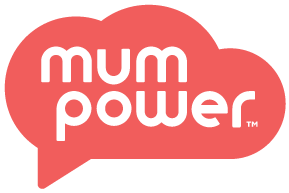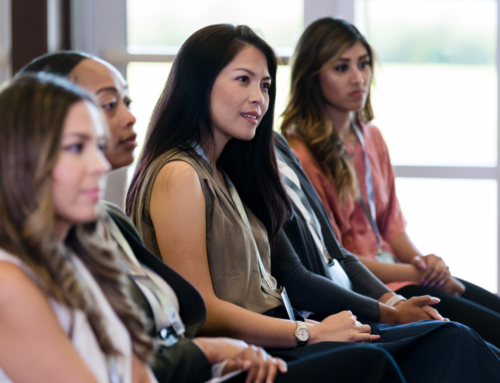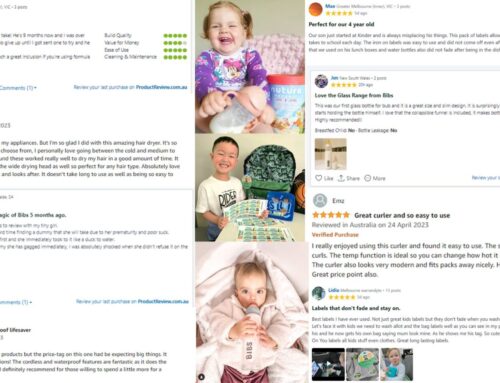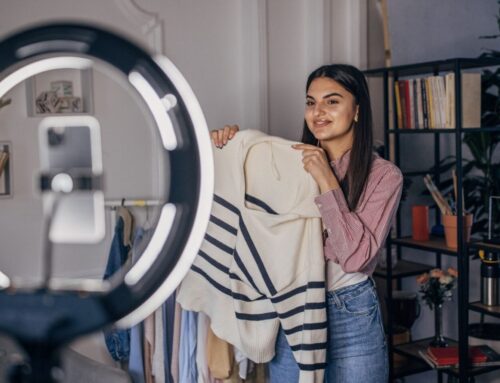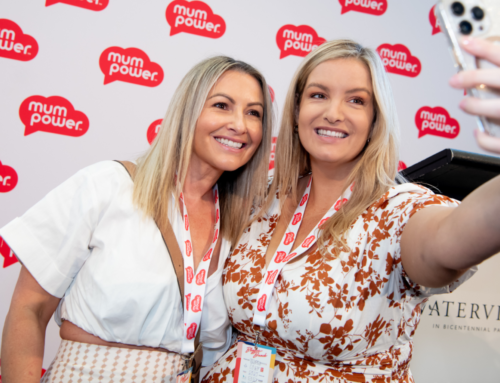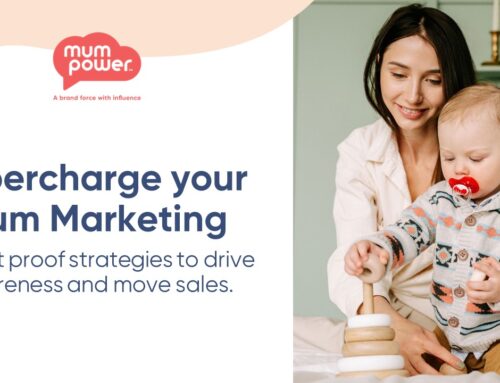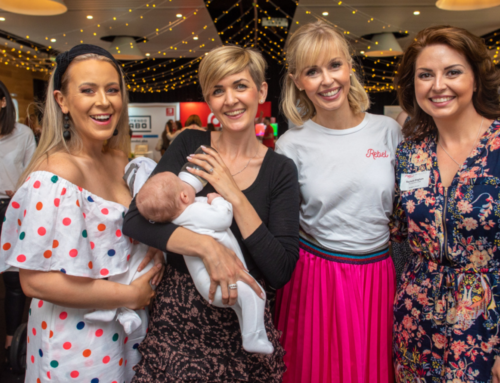April 2, 2019
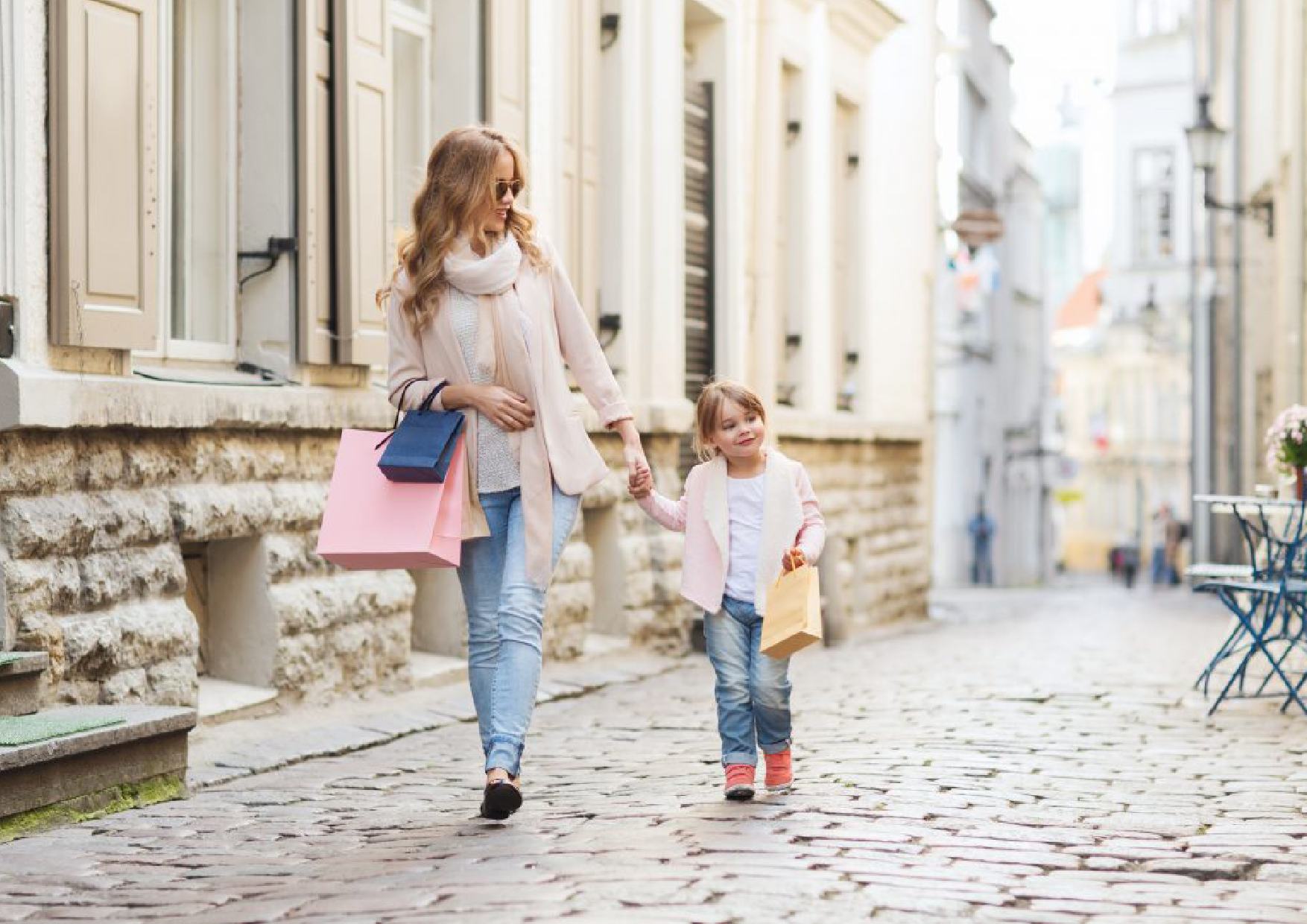
There’s are reason juggernauts like Woolies and Coles invest in child-driven sales promos such as Stikeez and Disney Words. Kids have overwhelming influence over what Mums buy and clever marketing to kids results in millions of dollars extra, and not only for products kids want for themselves.
We recently surveyed over 2000 households as part of the 2019 “Billion Dollar Mum – What Makes Mums Buy Your Product” White Paper to uncover hundreds of definitive stats and trends hindering or helping brands sell more to this lucrative demographic. (pre-register your interest to access full results)
Pester Power is one area explored, and the role it plays in the pathway to purchase. It’s common to hear parents exclaim how “My kids are sending me broke” – and it’s no wonder. Of those surveyed:
- 75% have given into pester power to buy an item due to their child’s insistence.
- Pester Power is expectantly high for Children products (34%), and alarmingly high for Supermarket items (31%) among other categories such as Entertainment and products for the Mum or Home.
- A solid 40% of Mums would not have purchased any of these products otherwise.
Given the role the child has in influencing a sale, the question for marketers is – where are the children discovering the brands they want Mums to purchase?
Contrary to popular belief that TV advertising is the dominant culprit, research in the Billion Dollar Mum Report shows the impact of advertising mediums ranging from: Instore (36%), schoolyard/friendships (25%), TV advertising (10%), Social Media/Online (18%), etc. Looking at these insights, alongside global industry trends there is one other medium set to greatly influence pester power of the future and that is the role of Kid Influencers. A trend that is only in its infancy in Australia.
In light of this research, Kids Business wanted to find out more about the Kid Influencer industry and the marketing power they have over the next generation of consumers. Kids Business Communications Managing Director, Christie Nicholas, recently spoke with Greg Alkalay, founder and CEO of batteryPOP and KidfluencerTM – a U.S. based agency specializing in connecting brands to kid Influencers overseas to find out how this industry is evolving in this market and what Australian Brands can do in this space to take advantage of new marketing trends and opportunities.
What would you say it takes to be a successful Kid Influencer?
In short, the influencer needs to pick a style or an approach to the content that she or he can replicate, time and time again and not get bored doing. There is definitely a level of commitment that comes with being a Kidfluencer, that both the kids and parents have to embrace. And that’s why it’s not for everyone.
The most successful channels that we see produce content on a regular schedule. They’ve been very consistent about their own style, and they engage their audience as best they can so their fans feel they have a level of connection they won’t get from TV or movies. If you can build that relationship, your fans will embrace you and you’ll achieve a level of “influence.”
Can you draw on the difference between kid influencers and a child celebrity?
It’s mostly the social aspect. Most of the (Kid Influencers) channels that we work with will respond to every comment from their viewers personally, which opens up a different level of relationship and connection from that of celebrities.
How would you say brands expectations from Kid Influencers has changed over the past year?
Brands should understand that there is a need to capture the energy that an influencer has already created with her or his audience for their product message to be understood. The channels that have established loyal followings have done so by really knowing what works for their particular audience.
There is now several degrees less control from brands over this content, compared to what you would have with a studio and a cast and a director for a commercial spot. Even though there is a level of due diligence that brands need to perform to find that balance between their brand’s message and the influencer’s style, you’re still buying into a concept that embraces what the channel and influencer represents, perhaps not be as polished but more importantly engages the target audience and adds to the authenticity.
How do you see this landscape evolving over the next 18 months?
A huge trend at the moment is “micro influencers.” Brands can either work with the one big channel, pay a bunch and get one fantastic video, or they can work with an aggregation of micro-channels that have smaller but potentially more dedicated followings. It is a great approach for smaller brands testing the waters in this space to work with a grouping of channels and kid influencers to find scale through bundling up audiences and cross-promoting the views. I think you’re going to see more of these aggregated projects because it’s hot, right now!
Do you see there’s going to be some more restrictive regulations coming out in terms of the types of products that can be promoted by Kid Influencers?
I do think that there’s going to an enhancement of the rules and regulation around sponsored and paid advertising. But rather than this being an obstacle, I think we’ll continue to come up with a responsible way to get that “sponsorship” information in the spotlight. Every kid watching should know that this is commercial time, not a regularly scheduled episode of this show.
I think the regulations will get a little deeper and denser over time because the kids’ space is catching up and realizing that laws that apply to the TV industry should also apply to the digital platforms, both in the US and Australia. In my opinion, this isn’t an area where anybody wants to be irresponsible. It’s on us to do the responsible thing ahead of time. Nobody wants to be in the position of taking a project and then, 2-3 years from now when regulations do kick in, regretting their approach.
What advice would you give brands who want to start working with Kid Influencers? Where would they start?
You really should spend the time watching their videos to understand what content these channels make and which videos work best on their channels. You need to make sure you are fitting into the proper creative and to do so, you’ve got to do your due diligence.
There are also trends that you must keep track of. I mean right now slime is huge. Pay attention to what’s trending and see if there’s an appropriate fit for your product or brand. Don’t try to put a round peg in a square hole! These are savvy audiences with an expectation of what they’re going to see, and they won’t react positively to a piece of content that doesn’t fit their favourited channel’s tone.
Top 7 tips and insights about Kid Influencer trends you need to know:
- “Successful Kid Influencers produce content regularly. They’re consistent about their own style, and they engage. Fans feel they have another level of connection they won’t get with TV or movie personalities”
- “Brands should understand that there is a need to capture the energy that the kid influencer has already created with her or his audience for their product to be understood”
- “There is now several degrees less control from brands over kid influencers, compared to what you would have with a studio and a cast and a director for a commercial spot”
- “There is due diligence brands need to perform to find that balance between their brand’s message and the influencer’s style, perhaps not be as polished but more importantly engages the target audience and adds to the authenticity.”
- “A huge trend is “micro influencers.” Brands can either work with the one big channel and pay a bunch or they can work with an aggregation of other micro-channels with smaller but more dedicated followings.”
- “Test the waters in this space to work with a grouping of channels and kid influencers to find scale through bundling up audiences and cross-promoting the views. Aggregated projects are hot, right now!”
- “There’s going to be more rules and regulation around sponsored and paid advertising. It’s really is on us (marketers) to be doing the responsible thing ahead of time.”
Best tips?
“You need to do some due diligence. Watching the influencer’s content to understand what content these channels are making, and which videos work best. Don’t put a round peg in a square hole because these are savvy audiences with an expectation of what they’re going to see, and they won’t react positively to content that that doesn’t fit their favourited channels stone.”
Just like the influencer space overall, Kid Influencers is a rapidly growing space that Australian brands need to keep an eye on to capitalise on market opportunities successfully.
If you would like to find out more about Billion Dollar Mums Report commissioned by Kids Business, pre-register your interest for the data here, or contact Kids Business for a 15-minute call to workshop your Mum Marketing Success Strategy and discover your 2 greatest growth opportunities.
Or, if you want to get your product on the radar of influencers in the U.S and beyond? Contact:
Greg Alkalay, CEO & Co-Founder, batteryPOP & Kidfluencers™ via batteryPOP.com or kidfluencers.com
You can listen to the full interview here:
